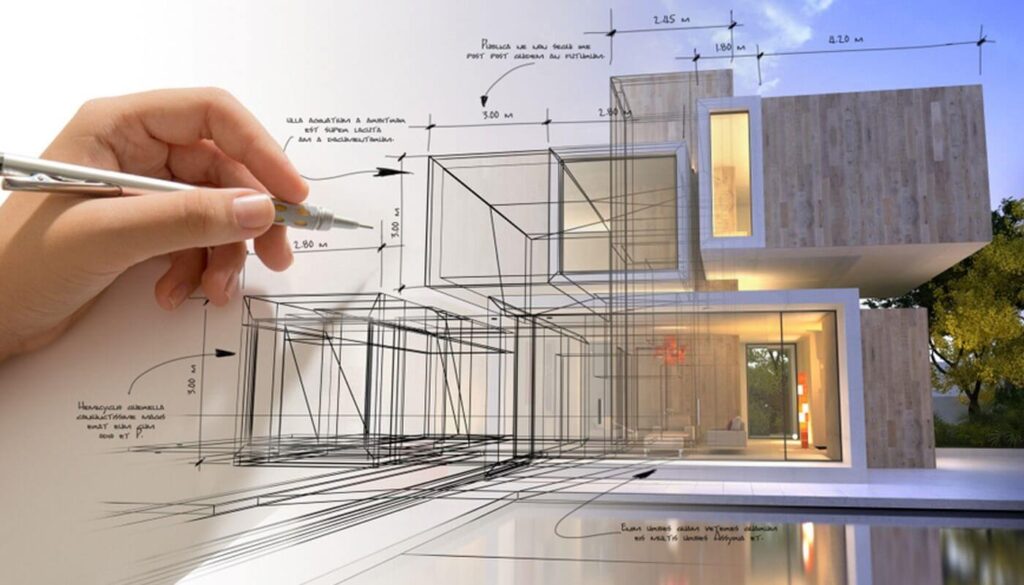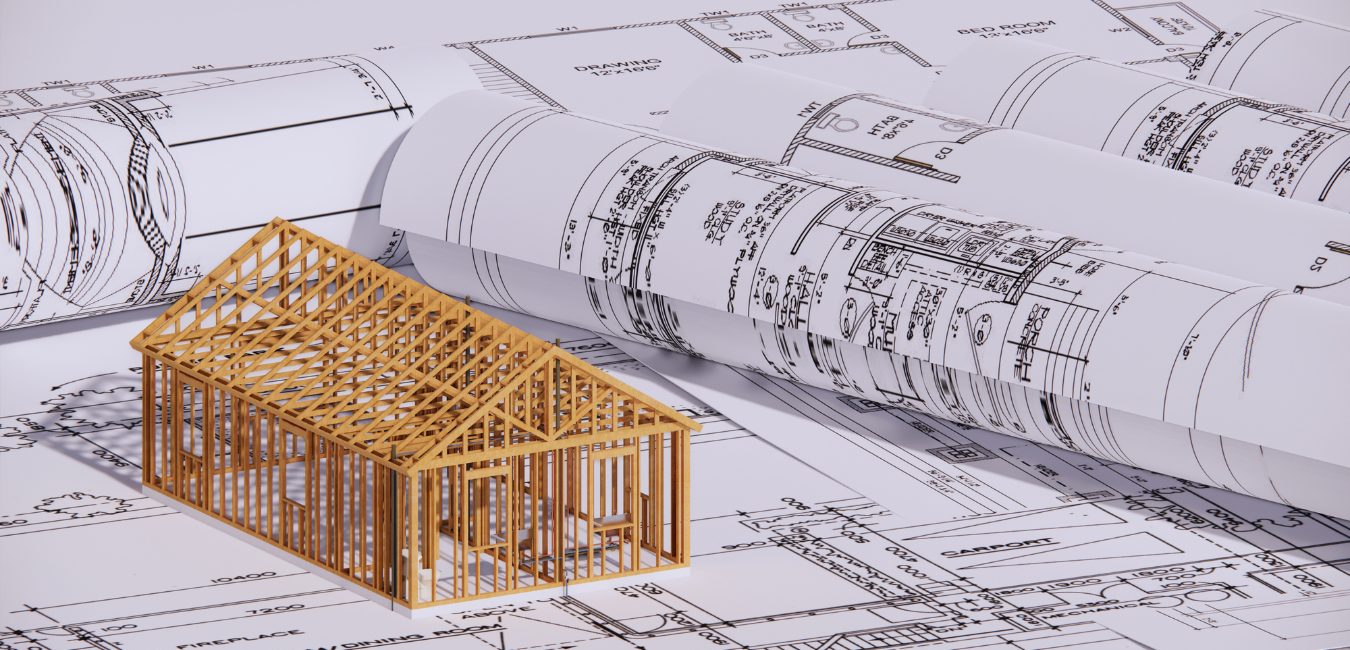Top Factors to Pick CDA Architects for Your Residential or Commercial Styles
Top Factors to Pick CDA Architects for Your Residential or Commercial Styles
Blog Article
The Effect of Technical Innovations on the Layout Practices of Contemporary Architects
The fast advancement of technological tools has actually dramatically reshaped the layout landscape for contemporary engineers, fostering extraordinary degrees of innovation and sustainability. The combination of Building Information Modeling (BIM), parametric style, and expert system has not just structured collaboration among diverse groups but also redefined task execution. Nevertheless, as architects welcome these developments, they are confronted with intricate challenges that might influence their creative procedures. Exploring these characteristics exposes a nuanced interaction in between modern technology and traditional style methods, triggering a closer assessment of what the future holds for architectural practices.
Evolution of Architectural Tools
How have architectural devices changed the style and construction procedures over the centuries? The advancement of architectural tools has actually dramatically impacted the efficiency, precision, and creativity of design and construction. In old times, architects rely upon fundamental tools such as plumb bobs, determining rods, and basic geometry to produce frameworks. These devices laid the structure for early architectural technique, enabling for the building of legendary structures, albeit with limitations in accuracy and intricacy.
With the arrival of the Renaissance, the intro of the compass and the protractor marked a critical shift. These tools made it possible for architects to accomplish better precision in their designs, facilitating the development of more detailed and proportionate structures (cda architects). The Industrial Transformation additionally changed building method with the intro of mechanical tools and materials, enabling larger and extra ambitious projects
In the 20th century, the development of computer-aided design (CAD) software application transformed the landscape when again, providing engineers with unmatched capacities in modeling and visualization. Today, progressed tools such as Building Information Modeling (BIM) and parametric design software application continue to push the limits of building technology, making it possible for an extra incorporated approach to style and building and construction procedures.

Boosted Collaboration in Style
As innovation remains to advance, enhanced collaboration in layout has ended up being a cornerstone of contemporary architectural method. The integration of electronic devices such as Structure Details Modeling (BIM), cloud-based systems, and advanced visualization software application has changed the way designers, designers, and stakeholders communicate throughout the design procedure. These devices help with real-time interaction, allowing groups to share concepts, modifications, and responses promptly, no matter of geographical area.
Additionally, digital truth (VIRTUAL REALITY) and boosted fact (AR) have additional enriched joint initiatives by enabling immersive experiences that allow customers and employee to visualize jobs in an extra engaging fashion. This level of communication not just improves understanding however additionally promotes a feeling of possession among stakeholders, causing even more educated decision-making.
Additionally, interdisciplinary collaboration has actually been streamlined with these technical advancements, allowing designers to work extra carefully with other professionals, such as city planners and ecological professionals. The outcome is a more natural method to develop that thinks about numerous viewpoints and knowledge. Ultimately, enhanced cooperation in style is not just a trend; it is important for creating More hints cutting-edge, functional, and cosmetically pleasing style in a significantly intricate globe.
Sustainability Via Modern Technology
Sustainability in architecture has increasingly become linked with technological technology, driving the market toward environmentally liable techniques - cda architects. Contemporary designers are leveraging innovative technologies to decrease ecological effect while enhancing the efficiency of buildings. One popular example is using Structure Info Modeling (BIM), which enables exact preparation and source allotment, minimizing waste throughout building and advertising power effectiveness throughout a building's lifecycle
In addition, clever materials and energy-efficient systems are being integrated into designs to optimize resource usage. Technologies such as solar batteries and green roof covering systems harness renewable energy resources, contributing to decreased carbon impacts. Additionally, the application of fabricated intelligence in style processes allows architects to replicate and analyze power usage, assisting decisions toward more lasting results.
The integration of sustainable modern technologies not just lines up with global ecological objectives yet likewise satisfies a boosting demand from customers for green solutions. As designers embrace these innovations, the emphasis moves towards developing areas that are not only aesthetically pleasing however also functionally lasting, thereby redefining the criteria of contemporary architecture. By doing this, innovation works as a catalyst for sustainability, making it possible for architects to design structures that respect and enhance the native environment.
Difficulties in Execution
While technological improvements in style hold excellent pledge for improving sustainability, their execution often comes across significant obstacles. One primary challenge is the steep discovering curve associated with new innovations. Designers and construction professionals might require comprehensive training to successfully utilize advanced software and tools, which can delay task timelines and boost prices.
Furthermore, the integration of emerging technologies, such as Structure Info Modeling (BIM) and lasting products, typically necessitates collaboration across multidisciplinary teams. This collaboration can be prevented by differences in expertise, operations, and why not try these out interaction styles, causing potential conflicts and inadequacies.
Financial restrictions even more complicate the fostering of cutting-edge technologies. Several architectural firms, specifically smaller sized ones, might do not have the resources to purchase sophisticated devices, limiting their capacity to take on bigger companies that can manage such investments.
Furthermore, governing frameworks and building codes may not equal technical advancements, developing ambiguity and potential conformity problems. This challenge can dissuade designers from fully accepting new innovations, as the risk of non-compliance might exceed the benefits. Resolving these application challenges is vital for the effective combination of technical innovations in contemporary building techniques.
Future Fads in Architecture
The difficulties related to the implementation of brand-new technologies in design have actually prompted a reevaluation of future trends within the sector. As architects browse issues such as sustainability, urbanization, and social Get More Info equity, they are significantly taking on cutting-edge technologies to improve design performance and environmental efficiency.
One famous trend is the assimilation of expert system (AI) in the design procedure. AI tools can evaluate huge datasets to educate layout choices, improving both creative thinking and performance. Likewise, Building Details Modeling (BIM) proceeds to develop, enabling real-time partnership among stakeholders and helping with streamlined project administration.
Sustainable style practices are also getting momentum, with engineers concentrating on adaptive reuse and regenerative style principles that minimize resource intake and waste. The unification of wise materials and eco-friendly energy sources will further improve the strength of structures when faced with climate adjustment.
Furthermore, the increase of parametric style enables more personalized and context-sensitive architectural solutions. By harnessing these innovations, engineers are positioned to create developed environments that not only attend to the prompt demands of society yet also prepare for future challenges, thereby redefining the function of design in an ever-changing world.
Conclusion

Report this page